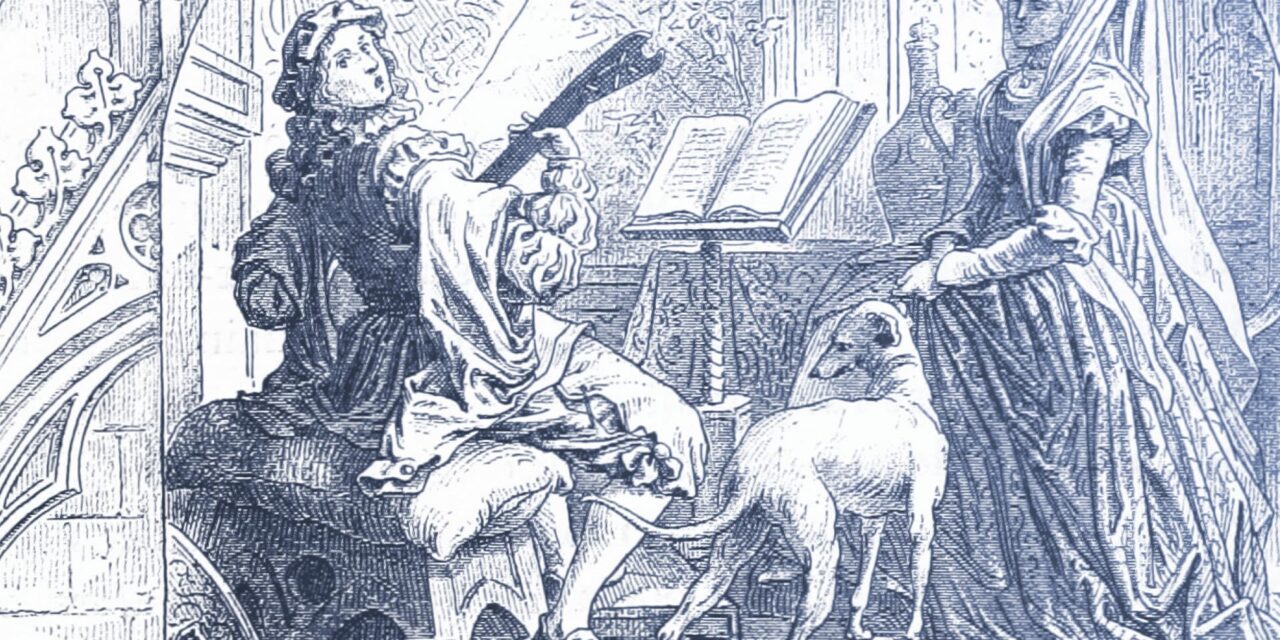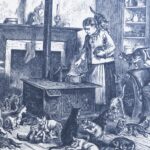
How do I create unique voices for my characters?

“I’m just starting out with writing, and I really want my characters to feel different from each other. How do I make sure they have their own unique voices so my readers can tell them apart?”
Some of literature’s most famous characters are ones with voices that come to life on the page. Huckleberry Finn. Ponyboy Curtis. Anne Shirley-Cuthbert. But creating a character with a distinctive voice is harder than it looks — it’s all too common for characters to blur together in a chorus of interchangeable voices.
If you’re worried your cast of players is starting to sound a bit too homogenous, you’re in the right place. Here are a few tips for making each main character in your story sound unique.
Experiment with character dialect
Dialect refers to the language people use when they speak: their accent, their slang, their regional or generational vernacular. When we think of “dialect”, we often think of things like “y’all” or “yer man” or “innit” — clichéd indications of place. You can definitely use these in your story, but also challenge yourself to go deeper.
Dialect can be a result of generational trends — you’ll notice that today’s teenagers don’t talk the same way their parents or grandparents do! Words fade in and out of fashion all the time. They can also be tied to a particular industry or subculture. When developing each character’s unique voice, consider what kind of slang or specialised language they might incorporate into the way they speak.
Vary your characters’ syntax
Syntax has to do with the way we structure our sentences. Some characters will use only short, compact sentences, while others will ramble for miles. Some will always use grammatically correct language, while others will speak in fragments.
A useful exercise is to write a conversation between two characters who use very different syntax in the way they talk. You can take their different approaches to the comical extreme until you get a sense of their different voices, and then dial it back and incorporate their individual syntaxes with more subtlety.
Consider your characters’ word choices
There are very few true synonyms in the English language; each word has its own distinct connotation and tone. For example, one character might describe themselves as loquacious, while another describes them as a motormouth. Or, they might describe an authority figure as derisive, while the other character says they’re mean.
The words a character lands on in any given situation can communicate a lot about how they see the world and themselves.
Put your characters in moments of conflict
Conflict, tension, and suspense reveal who your characters really are. One character might become loud and aggressive, while another shuts down and speaks only in quiet monosyllables. Sometimes, a character’s voice contrasts the words they’re saying (you can communicate this through dialogue and action tags); for example, if a character says, “I’m not afraid!” in a strained, rattling voice, that belies their fear.
As an exercise, try writing an argument between two of your characters and explore how the tension changes the way they speak. Then, you can incorporate this into your story.
Don’t neglect body language
On that note, a big part of a character’s distinct voice is the way they behave when they talk. You can convey this through action tags (“She hugged herself tight as she spoke”) or through descriptions surrounding the dialogue.
Look at how your character holds themself — do they sprawl, taking command of the space, or do they try to make themself disappear? Do they only half-listen to the person talking to them, or do they make them feel like they’re the centre of the world? The way you communicate body language to the reader will inform the way they hear that character’s voice.
Read your work out loud
When you’ve finished the first draft of a story, it’s always a good idea to read your work out loud. This helps you catch any misused words, typos (the age of autocorrect is notorious for this), or inauthentic speech. You don’t have to let anyone hear you while you do this — it’s simply a tool for you as the writer to get a better sense of how your words come across on the page.
When you read, listen to each character’s dialogue and check to make sure it sounds true to that particular character. If you can’t tell the character voices apart, you may need to create a little more distinction through your revision process, using the tools we looked at above.
Listen to character voices in the wild
A great way to develop your ear for character voices and get inspired along the way is to listen to the way real people talk. Go to a public park, a café, or a marketplace and stealthily absorb the language people use to express themselves. See if you can get a sense of what they’re thinking and feeling underneath their words. Then, you can incorporate elements of these experiences into your characters.
Remember — human beings are unfathomably complex. Each is the epicentre of their own little universe, with all its dangers and joys. To create characters that readers will follow to the end, ensure that each one has a voice that’s unique and alive.































